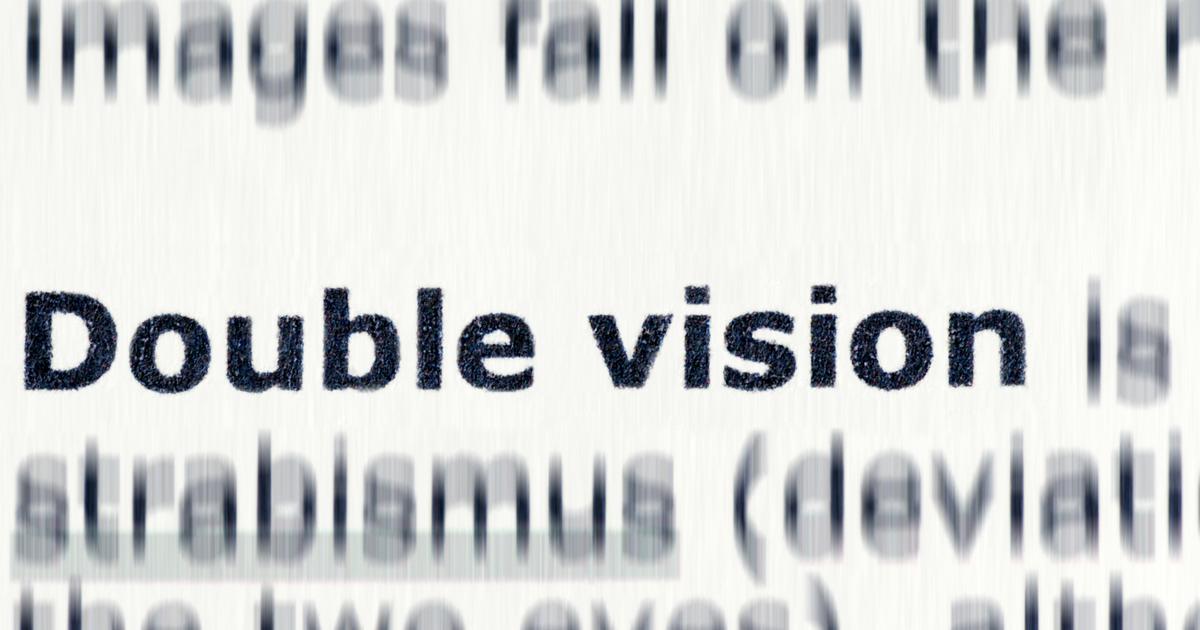Guide To The Symptoms Of An Ischemic Stroke
An ischemic stroke is a serious medical event. It occurs when a blood clot becomes lodged in a blood vessel in the brain. Without a supply of blood, the brain cells begin to die in a matter of minutes. The underlying cause of an ischemic stroke can be from the buildup of plaque in the blood vessels or any other mechanism that can cause an embolus or clot to travel to or develop in the brain. Diagnosis of an ischemic stroke is made with a variety of tests, including physical exam, magnetic resonance imaging, and computerized tomography scans. Others are electroencephalograms, evoked potential tests, echocardiography, and angiography.
Patients must receive emergency care for an ischemic stroke. At the hospital, ischemic stroke treatment often involves intravenous medication. In most cases, doctors use tissue plasminogen activator for ischemic strokes. Surgery for an ischemic stroke is another option. Patients may also need to take long-term medication for stroke recovery. This is often an anticoagulant, such as acetylsalicylic acid. Natural supplements for stroke recovery may be an option as well. Of course, patients must understand the symptoms of an ischemic stroke first.
Sudden Numbness Or Weakness

An individual in the process of having an ischemic stroke may experience sudden numbness or weakness in their face, hands, arms, legs, or feet. Numbness is the loss of sensation in a part of the body. However, it does not always entail the parallel decline of motor function. Weakness is the impaired ability to move the muscles in one or more parts of the body, though it may not always include parallel impairment of sensation. Both sudden numbness and weakness can indicate a stroke.
Most individuals who have a stroke experience these symptoms on one side of their body or face. This unilateral effect occurs when a stroke causes blood deprivation to the arteries responsible for supplying the nerves in the individual's brain that send signals to the muscles and nerves on the corresponding side of the body. The part of the body or face that experiences numbness or weakness may appear droopy or flaccid.
Loss Of Vision

Two primary factors determine an individual's visual ability. These factors are a healthy visual processing center in the brain and a healthy eye for the delivery of said visual information. A stroke that stops blood from flowing to parts of the parietal lobe, occipital lobe, or temporal lobe can cause patients to experience stroke-related loss of vision. Left-sided vision loss in both eyes typically occurs when a patient has an ischemic stroke that mainly affects the visual centers in the right side of their brain. The opposite applies to right-sided vision loss in both eyes.
An ischemic stroke that affects a patient's temporal or parietal lobe can cause them to have vision trouble with more of a visual-spacious awareness nature. An example of this is the inability to identify objects or failure to recognize faces. Some aspects of vision loss can be rehabilitated and improved over time following a patient's ischemic stroke. Unfortunately, some visual impairment may be permanent.
Sudden Headache

Between seven and sixty-five percent of individuals who have an ischemic stroke also experience a sudden headache before or as their stroke occurs. A headache that occurs due to an ischemic stroke will have a focal point in the patient's brain where the blockage has occurred. A headache in the patient's forehead can indicate their stroke is occurring in their carotid artery, the major artery in their neck that provides blood to the brain.
A headache that occurs in the rear side of a patient's head can indicate a stroke is occurring in their vertebrobasilar system. This system is responsible for the blood supply to the back of their brain. One way to distinguish an everyday headache or migraine from a headache caused by a stroke is by the speed of its onset. An ordinary headache typically develops slowly. Conversely, a headache that occurs due to an ischemic stroke will occur suddenly and without warning.
Confusion Or Trouble Speaking

An individual having an ischemic stroke may begin to have problems with communication. They may speak with sentences that do not make any logical sense, speak in incomplete sentences, and use one word in the place of another. They may also say nonexistent words, be unable to understand the conversation between others, and may not be capable of writing words or sentences that make sense.
Most individuals have the components that control their ability to understand language and speak in the left side of their brain. This location may be reversed in left-handed individuals. A stroke that affects this part of the brain can cause the patient to be unable to understand and put together words. Another mechanism through which a stroke can cause a patient to have problems speaking is when they cannot coordinate the movement of their mouth to make sounds or words. General confusion often manifests with speech problems in patients having an ischemic stroke.
Issues With Balance And Walking

It is not uncommon for a patient having an ischemic stroke to experience issues with balance and walking. These symptoms often appear because of sudden weakness in the affected individual's leg. This weakness occurs due to the lack of blood flow to the nerves responsible for the impulses that trigger the movement of the leg muscles. Other stroke-related causes of balance and walking problems can be related to an individual's visual ability.
An ischemic stroke that impairs an individual's ability to relate their body position to space and objects around them can cause them to be unable to walk or keep their balance. An individual having an ischemic stroke may complain about feeling dizzy. They may appear to be clumsy on their feet, stumble, or have trouble just standing up. Patients who have an ischemic stroke who experience other stroke symptoms may appear to have an abnormal gait if their balance is being affected.
Vertigo And Dizziness

Many patients will deal with vertigo and dizziness as signs of an ischemic stroke. Individuals who are dizzy can feel unsteady, weak, and faint. Vertigo is the term used to describe spinning dizziness. In other words, patients who experience vertigo will feel as if the room is spinning around them. This often throws them off balance, and they are at risk of falling, which is what connects vertigo and dizziness to other symptoms. The specific symptoms that it connects to are issues with balance and coordination problems. During an ischemic stroke, vertigo and dizziness can be quite intense. The first thing that patients should do if they experience these symptoms is to sit down. Falling can be incredibly harmful.
Double Vision

As discussed previously, vision loss is a severe symptom of an ischemic stroke. However, it is not the only symptom that is related to a patient's vision. Specifically, many individuals will experience double vision during an ischemic stroke. Double vision is a symptom in which affected individuals will see two images when there should only be one. Some patients will have these images appear side by side, though others will have them appear on top of each other. Of course, both can occur as well. Double vision can contribute to the severity of other ischemic stroke symptoms, such as dizziness and loss of balance.
Chest Pain

Chest pain, particularly when patients clutch at their chest, is normally associated with heart attacks. However, some individuals experiencing an ischemic stroke can have chest pain as a symptom. Evidence indicates that chest pain in ischemic strokes is more common among women. These reports also claim that chest pain in this type of stroke can appear alongside heart palpitations. It is vital to note that although chest pain is a sign of an ischemic stroke, it is not as common as others. Thus, patients should consider their other symptoms at the same time. In all cases, however, chest pain often means that patients must call for emergency medical help.
Nausea

According to multiple reports, approximately twenty-two percent of individuals will experience nausea within twelve hours of their other ischemic stroke symptoms. Evidence shows that women experience nausea due to an ischemic stroke more often than men. Nausea, of course, is the feeling of being sick and needing to vomit.
Many ischemic stroke patients connect nausea to their other symptoms. For instance, a sudden and intense headache can make some individuals nauseous. It is also fairly common alongside vertigo and dizziness. Thus, nausea is particularly common when patients deal with a sudden headache, dizziness, and vertigo all at once during an ischemic stroke.
Shortness Of Breath

Shortness of breath often makes affected individuals feel as if they cannot take in a full breath. Many say that it feels like they have just climbed a flight of stairs or have run a marathon. Feeling short of breath is common after moderate or vigorous exercise. However, this symptom is alarming when it appears suddenly without this exertion. It is not the most common symptom of an ischemic stroke. However, it does happen in quite a few patients. Research claims that this particular symptom is more common in women who experience an ischemic stroke than men. Although shortness of breath can disappear for a short period, it will often return in a stroke. Patients must seek medical help in all cases.
